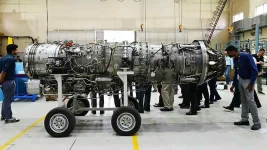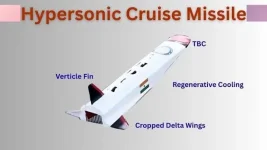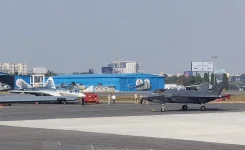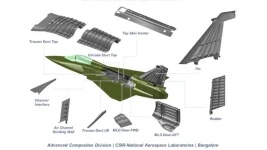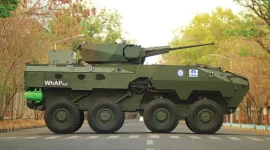- Views: 4K
- Replies: 31

Aero India 2025 witnessed a stunning display of Russian aerospace engineering prowess as the Su-57, a fifth-generation fighter jet, executed a breathtaking takeoff in a mere 10 seconds using only 0.8 kilometers of runway. This impressive feat underscores the exceptional capabilities of the aircraft's AL-41 engine.
This achievement marks a significant leap forward in military aviation technology, demonstrating that short takeoff and landing (STOL) capabilities can be integrated into fifth-generation fighter jets without relying on extensive and costly infrastructure.
At the heart of the Su-57's remarkable performance lies the AL-41F1 engine, a testament to Russia's advanced aerospace engineering. This afterburning turbofan engine boasts an exceptional thrust-to-weight ratio and high performance, enabling the Su-57 to achieve rapid takeoffs and unparalleled maneuverability in the air.
The AL-41 engine's thrust vectoring nozzles, coupled with cutting-edge engine technology, deliver unmatched power and efficiency. This allows the Su-57 to operate from shorter runways compared to conventional fighter jets, providing enhanced operational flexibility and adaptability for a wide array of missions.
The ability to take off from short runways is a crucial advantage for modern fighter jets, particularly in regions with limited airstrip infrastructure. The Su-57, powered by the AL-41 engine, offers a compelling solution to this challenge, making it an ideal platform for operations in diverse environments, from forward-deployed bases to rugged terrain where long runways may not be feasible.
The demonstration at Aero India 2025 not only showcased the raw power of the AL-41 engine but also highlighted the potential of fifth-generation fighters to operate flexibly and efficiently across various combat scenarios. These capabilities could revolutionize the way air forces plan and execute missions, especially in areas with limited infrastructure or under high-threat conditions.
Furthermore, the Su-57's ability to take off from short runways underscores its cost-effectiveness. Unlike traditional fighter jets with STOL capabilities that often require specialized and expensive infrastructure, the Su-57 achieves this feat without significant additional investment in airfield infrastructure.
This breakthrough technology opens up new possibilities for air power projection and enhances the operational capabilities of air forces worldwide. The Su-57's performance at Aero India 2025 has firmly established it as a game-changer in modern military aviation.

